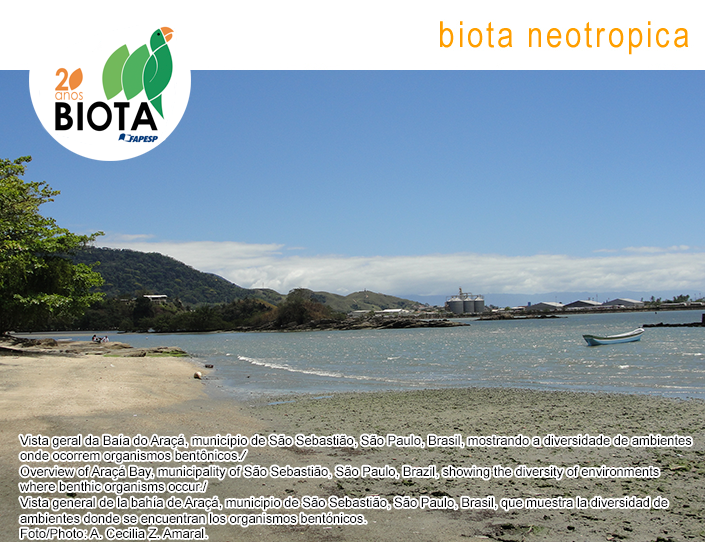After an ichthyofaunistic survey conducted in May 2007 on surface (epigean) water bodies of Cordisburgo karst area, State of Minas Gerais, 13 species were recorded, mostly characiforms; in addition three non-troglomorphic (normally eyed and pigmented) and one troglomorphic catfish (siluriforms) species were recorded in two caves surveyed at different occasions, totaling 17 fish species for the area. All the nominal species herein reported for Cordisburgo area have been previously reported for the Rio das Velhas basin. None of the species observed in caves were found in epigean habitats and vice-versa. The four cave species are distributed throughout subterranean stream reaches, with individuals at different size/age classes. This, associated to the lack of conspicuous morphological differences in relation to epigean congeners, indicate that Trichomycterus brasiliensis, Gymnotus cf. carapo and Pimelodella cf. vittata are troglophiles (species encompassing individuals able to live and complete their life cycle either in the surface or in the subterranean environment) in the Morena Cave; the latter forms a large population and may be at the beginning of a differentiation process due to isolation in the subterranean habitat, as indicated by a slight reduction in eye size. Topographic isolation may be the cause for the incipient, but unmistakable troglomorphism of the Rhamdiopsis population found in the Salitre Cave, allowing for its classification as troglobite (exclusively subterranean species). The Cordisburgo area is subject to significant anthropic pressure, mainly represented by deforestation for agriculture, cattle raising and timbering. Tourism is an additional important threat for cave communities, calling for urgent protection measures.
Minas Gerais State; caves; troglobites; troglophiles; freswater fishes; biodiversity

